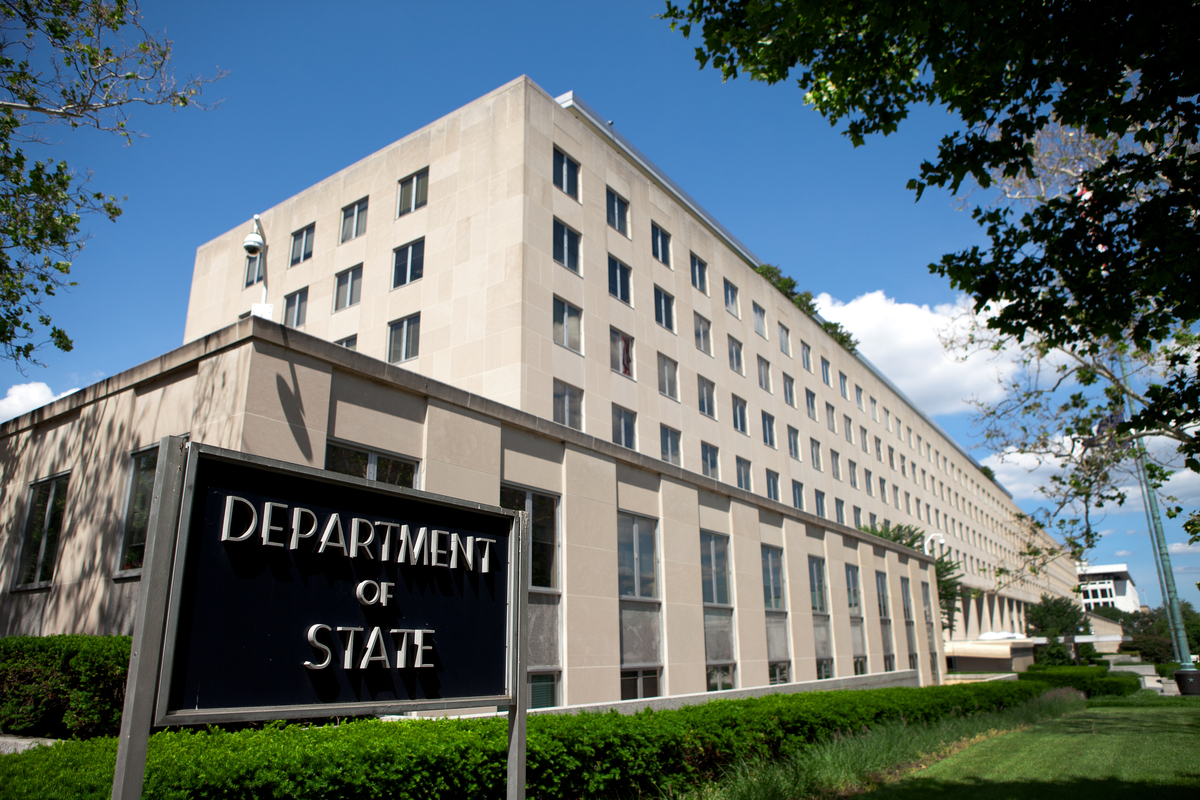Most immigrants are sponsored either by a U.S. citizen/lawful permanent resident relative, their employer, or through investment in the United States. The Visa Bulletin is a monthly publication issued by the United States Department of State (DOS), which controls the availability of immigrant visa numbers. The United States has created a number of categories establishing limits on how many foreign nationals may permanently immigrate each year. The Visa Bulletin charts allocate visa numbers on a per-country/per-category basis. Generally, it establishes cut-off dates for employment-based and family-based immigrant petition categories. An applicant whose priority date is earlier than the cut-off date may apply for an immigrant visa or adjustment of status (green card).
A priority date is known as the date the first filing was submitted to either USCIS or the Department of Labor (DOL). In family-based cases, the priority date is assigned in accordance with the date the I-130, Petition for Alien Relative, is properly filed with USCIS. In employment-based cases requiring a PERM labor certification, the priority date is established upon filing with the DOL. Certain employment-based categories do not require a labor certification, such as the I-140, Immigrant Petition for Alien Worker, where the priority date is set upon properly filing with the USCIS.
The Visa Bulletin contains two charts: a family-based chart containing five categories (F-1, F-2A, F-2B, F-3, F-4), and an employment-based chart with five categories (EB-1, EB-2, EB-3-including unskilled workers, EB-4-including religious workers, and EB-5). Both charts are broken into specific countries/chargeable areas including: China, India, Mexico, Philippines and worldwide. If the chart displays a “C” for a given category and country, this indicates that the numbers are current and that there is no waiting period for filing the immigrant petition. When the demand for visa numbers exceeds the allotment, the chart will show a cut-off date. In these instances, if the foreign national’s priority date is before the cut-off date, the immigrant petition may be filed. When the priority date is after the cut-off date, the foreign national must monitor the Visa Bulletin on a monthly basis and wait for their priority date to become current.
There are currently 140,000 visas allocated to the employment-based categories, where the number of applicants from one country may not exceed 7 percent of the total employment-based visa numbers per year. The U.S. Department of State allocates a set number of visas to each preference level; however, the government reallocates these visa numbers based on demand for each category. In practice, the high demand for visa numbers for certain categories and for individuals from certain countries has been more than allocated by the DOS. This results in lengthy wait-times (or backlogs) of months to years before a priority date becomes current. It is important to note that the Bulletin is “backward” looking in the sense that it states the length of time applicants in a particular category have been waiting, not the waiting times for applicants currently filing. By way of example, individuals from China, India, Mexico, and the Philippines experience significantly longer wait times for visa numbers compared with individuals from countries with lower rates of immigration.
There are 10,000 visas allocated to the EB-5 category. To date, investors pursuing permanent residency through the EB-5 category have never experienced a backlog. With the current backlog for Chinese EB-2 and EB-3 petitions, many Chinese investors have been turning to the EB-5 category. However, based on the demand for EB-5 visa numbers, the DOS at the beginning of the year issued a preliminary warning that a cut-off date may be established for investors filing from China, as early as July 2014. It then took a step back from that and stated that it no longer thought that a backlog would develop; however, if USCIS speeds up processing times as promised, this could once again signal a shift toward maxing out on the quota numbers in 2014. No other countries aside from China would be impacted, and a cut-off date within the EB-5/China category would not apply to those investors born in Hong Kong, Taiwan, or Macau. While retrogression will impact the timing of when a Chinese EB-5 investor can file for their green card through either the immigrant visa process through the U.S. Consulate in Guangzhou, China, or through adjustment of status in the United States, it will not prevent investors from submitting their I-526 petitions for adjudication.
The Visa Bulletin may be accessed on the Department of State website: http://travel.state.gov/content/visas/english/law-and-policy/bulletin.html.
DISCLAIMER: The views expressed in this article are solely the views of the author and do not necessarily represent the views of the publisher, its employees. or its affiliates. The information found on this website is intended to be general information; it is not legal or financial advice. Specific legal or financial advice can only be given by a licensed professional with full knowledge of all the facts and circumstances of your particular situation. You should seek consultation with legal, immigration, and financial experts prior to participating in the EB-5 program Posting a question on this website does not create an attorney-client relationship. All questions you post will be available to the public; do not include confidential information in your question.







 by Ali Brodie
by Ali Brodie
